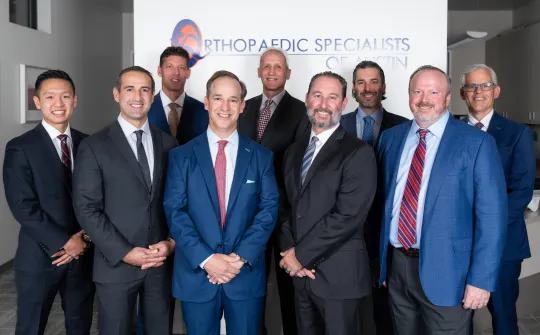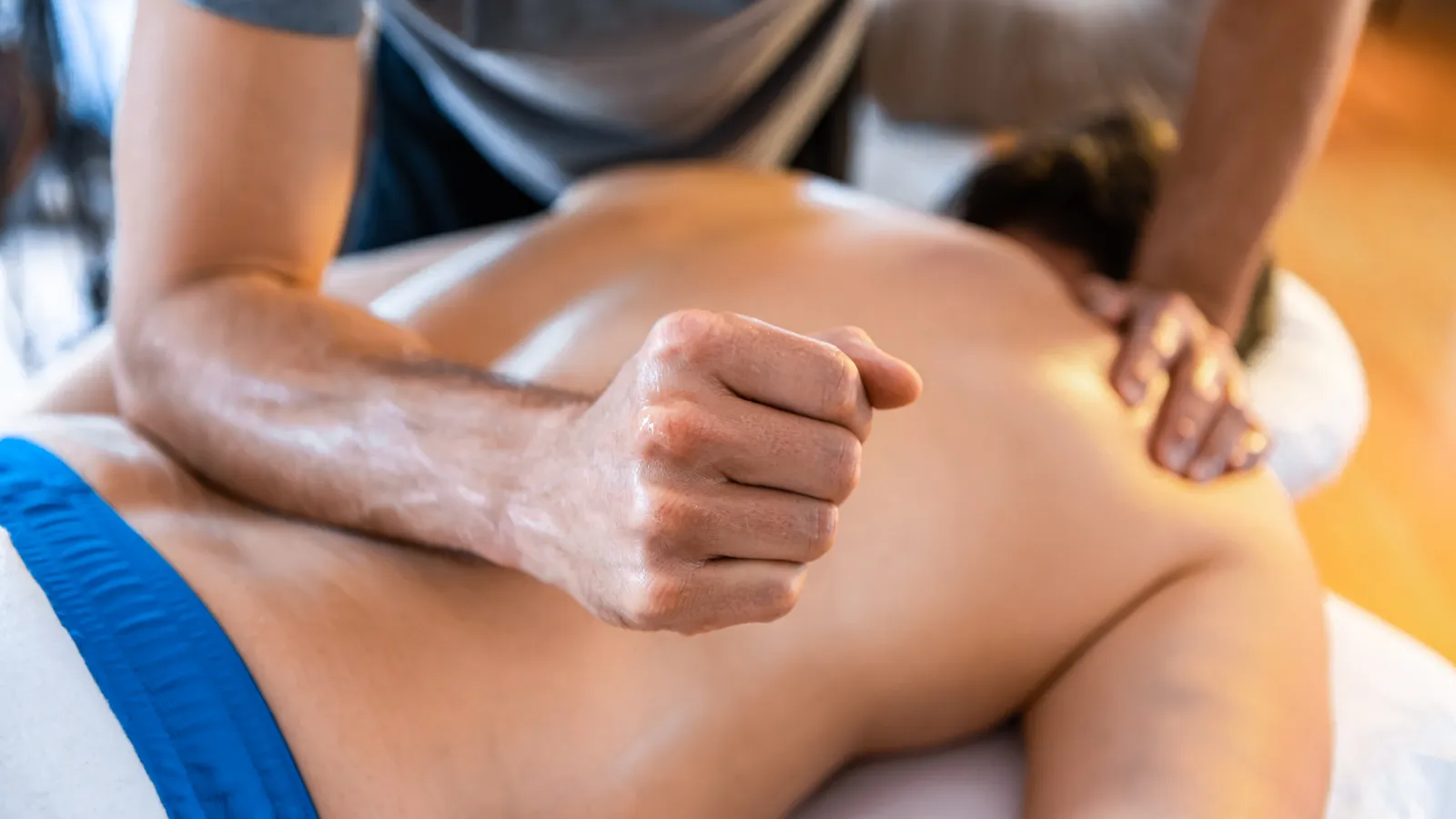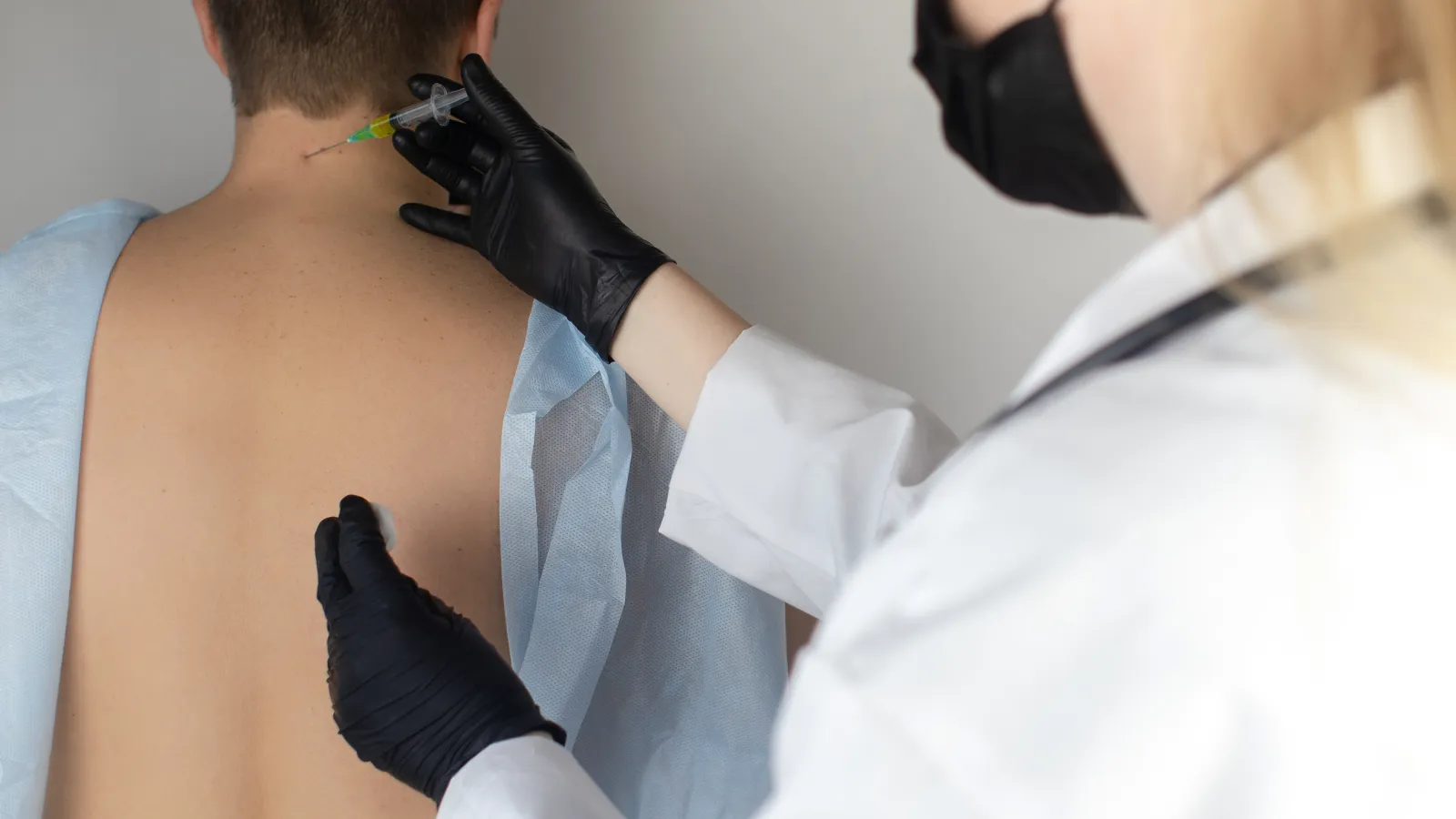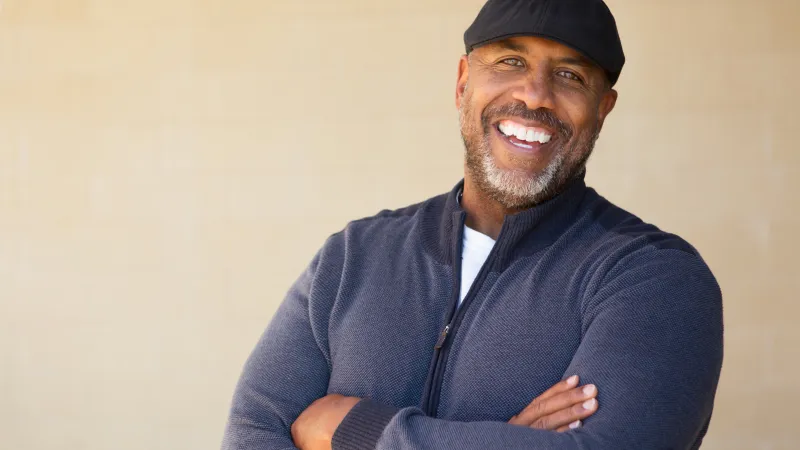Once you've treated your sciatica, there are some things you can do to help prevent the condition from recurring. Though these factors can help, it's not always possible to completely prevent sciatica.

Sciatica Treatment
What is Sciatica?
Sciatica, also known as radiculopathy, is nerve pain that radiates along the path of the sciatic nerve, branching out from your lower back to your hips, buttocks, legs, feet, and toes. It occurs when something puts pressure on part of the sciatic nerve. The condition typically only affects one side of the body.
Sciatica is a common type of pain that can make even the simplest tasks difficult to perform. Fortunately, sciatica can be managed with a variety of treatment options including both at-home remedies and in-office care. Orthopaedic Specialists of Austin can offer the residents of Austin, TX, and beyond relief for their sciatica.
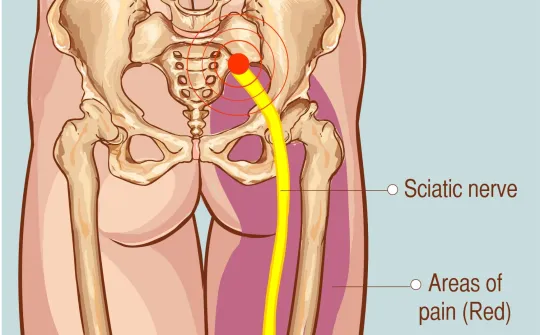
The Symptoms of Sciatica
Symptoms can vary from patient to patient, but sciatica commonly begins as pain that radiates from the lumbar region (the lower area of the back) to the buttocks and down the back of the leg. However, pain can be felt anywhere along the nerve pathway.
The pain that is experienced can be described in different terms, but patients commonly report signs and sensations such as:
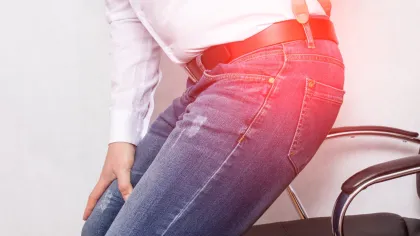
Tingling

Numbness

Burning
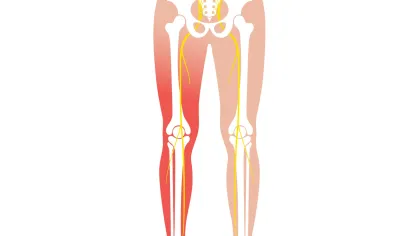
Radiating pain
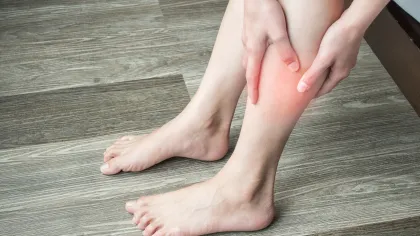
Muscle weakness in the affected leg or foot

Bowel or bladder incontinence
Treating Sciatica
on Your Own
Sciatica can sometimes be resolved with at-home self-care measures. Some simple things you can try include:
- Resting for a day or two
- Placing a cold pack on the affected area
- Applying heat to areas that hurt
- Stretching the back muscles
- Taking over-the-counter pain medication
If you still have symptoms after a week of trying home remedies, it may be time to contact a specialist.

Exploring Surgery as a Last Resort
Though the back pain and tingling associated with sciatica can be severe, most cases typically resolve within a few weeks of non-surgical treatment.
Once our specialists have exhausted all other treatment options, they may recommend surgery, particularly if the patient has suffered serious leg pain for a month or more or is losing bowel and bladder control. Dr. Robert Josey and Dr. Michael Moghimi will work with you to determine the most appropriate surgical option for your needs after considering the severity of your sciatic pain and its impact on your daily life.
The two most common surgical treatments for sciatica include:
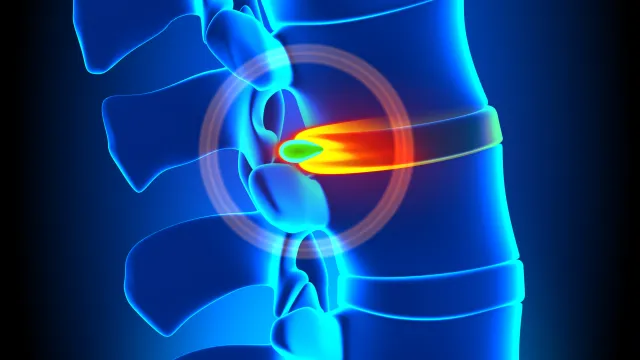
Discectomy
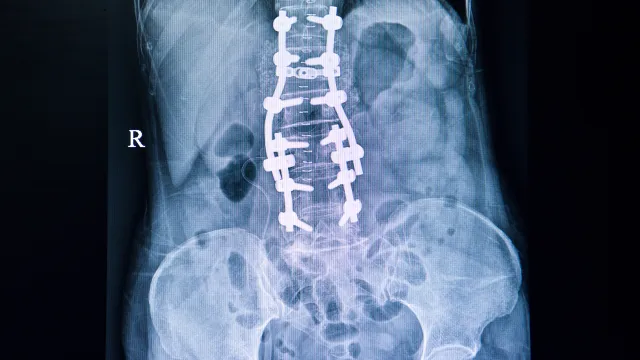
Laminectomy
The Most Common Causes of Sciatica
- Herniated Disc - Sciatica usually begins with a herniated disc in your lumbar region. Your vertebrae are separated and cushioned by discs of connective tissue. When a disc gets worn down due to injury or years of use, it can begin to push out into the spinal canal. If a herniated disc presses against the sciatic nerve, it can cause severe pain.
- Bone Spurs - Also called osteophytes, bone spurs are bony projections that can develop along the edge of bones and inside joints. Bone spurs are usually harmless, but when they form on your vertebrae, they can put pressure on the sciatic nerve. This can cause numbness in the legs, tingling, or sharp pain.
- Spinal Stenosis - Spinal stenosis is the narrowing of the spaces within your spine. The condition can put pressure on the nerves that travel through the spine, including the sciatic nerve. Sciatica is a symptom of spinal stenosis, but not all spinal stenosis patients will have sciatica. This condition occurs most often in the neck region and in the lumbar region.
Additional Causes of Sciatica
Though a herniated disc, bone spurs, or spinal stenosis may be the cause of your radiculopathy, there are some additional causes that may be to blame, including:
- Pregnancy
- Degenerative disc disease
- Piriformis syndrome (spasms and pain in a buttocks muscle)
- Tumors of the nerves in the spine or the sciatic nerve
- Certain diseases like diabetes
Find Relief for Your Sciatica with Our Doctors in the Greater Austin, TX Area
Patients experience sciatica differently, but we understand how painful the condition can often be. Our board-certified and fellowship-trained specialists Dr. Robert Josey and Dr. Michael Moghimi can treat your condition so you don't have to live with the uncomfortable symptoms it can cause.
If you believe you may have sciatica, we invite you to contact our doctors in Austin, Leander, Lakeway, and by calling:

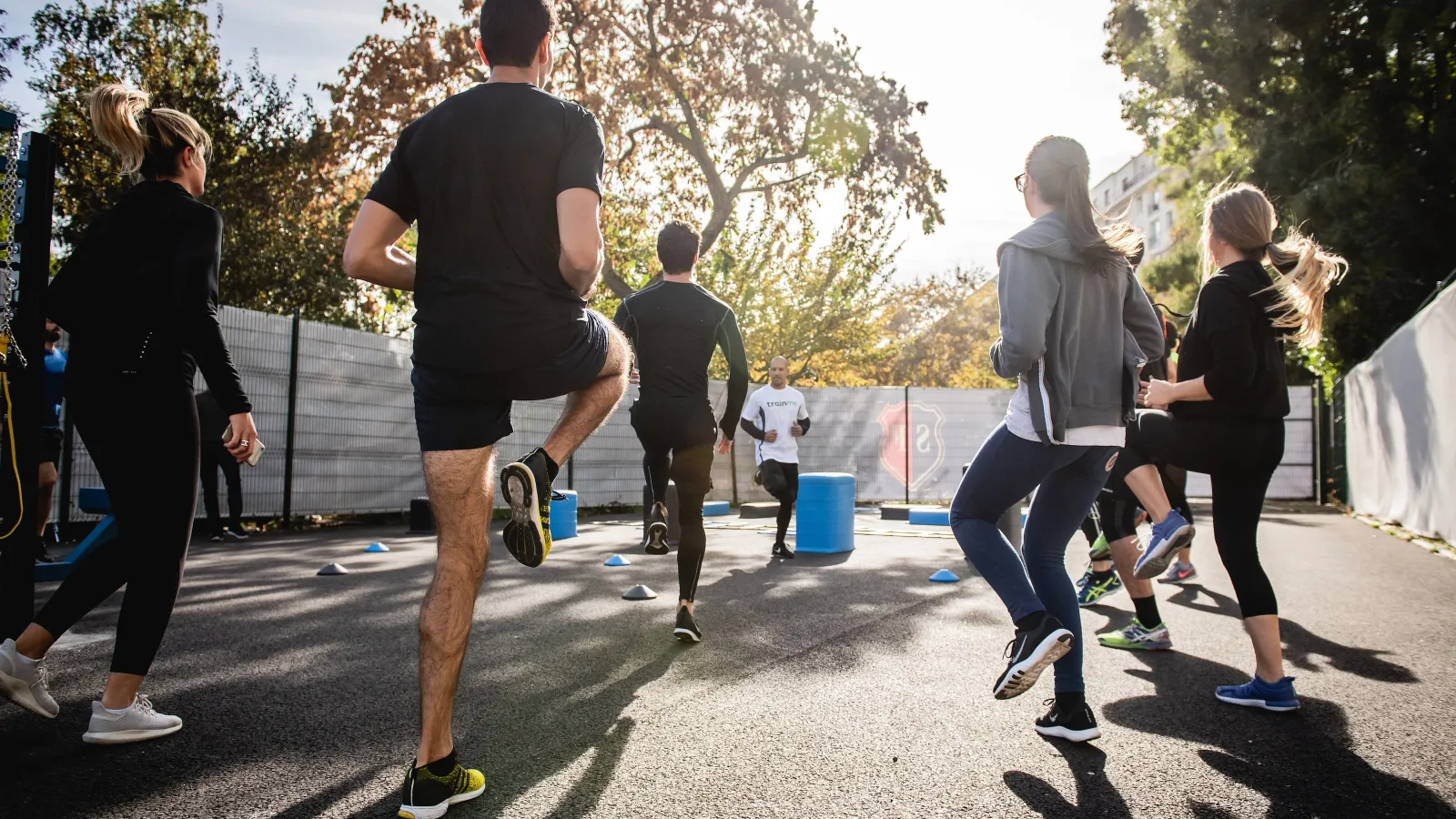
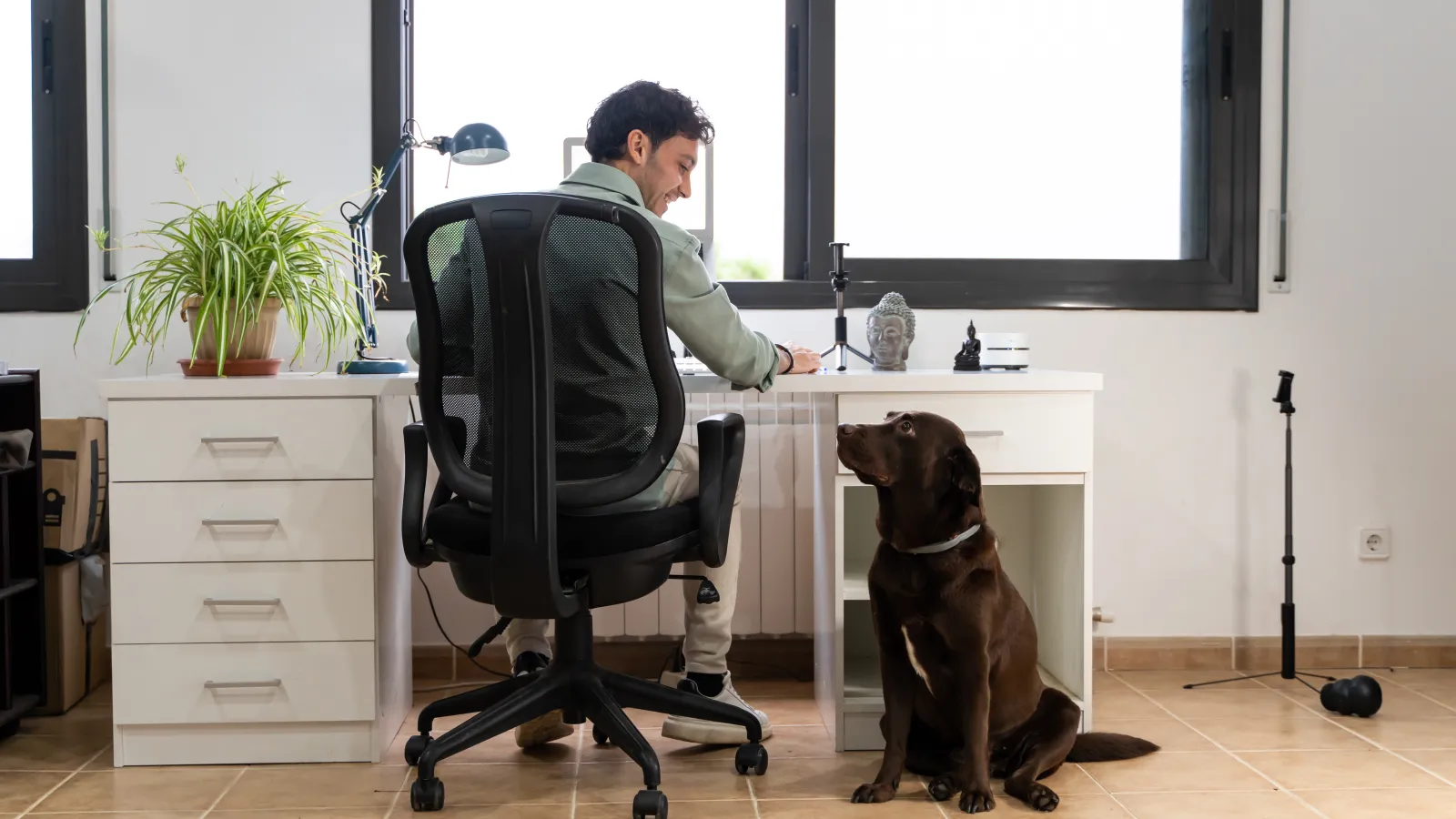

Making Your Results Last
Exercise Regularly
Strengthening the core and lumbar muscles can improve your posture and alignment.
Be Mindful of Posture
Be Mindful of Posture
When sitting for long periods of time, try to sit up straight in a chair that offers lumbar support and has armrests. You can also place a pillow or rolled towel at the small of your back to help it maintain its natural curve. Keep your knees level with your hips.
Move Properly
When standing for long periods of time, rest one foot on a higher object like a box. When lifting a heavy object, lift with your legs, keep your back straight, and keep the heavy object close to your body.
Diagnosing Sciatica
If you may have sciatica, our Austin-area specialists can perform a thorough examination to make an accurate diagnosis. Diagnostic tests and imaging may include:
- An X-ray
- An MRI (magnetic resonance imaging)
- A CAT (computerized axial tomography) scan
- An EMG (electro myelogram)

We Can Treat Your Sciatica With a Variety of Options
Our board-certified and fellowship-trained specialists pride themselves on being able to use minimally-invasive procedures and advanced techniques to alleviate the pressure on the sciatic nerve. Dr. Robert Josey and Dr. Michael Moghimi can devise a sciatica treatment plan that works for you.
If you're interested in treating your sciatica, contact our offices. We serve the residents of Austin, TX, and beyond.
